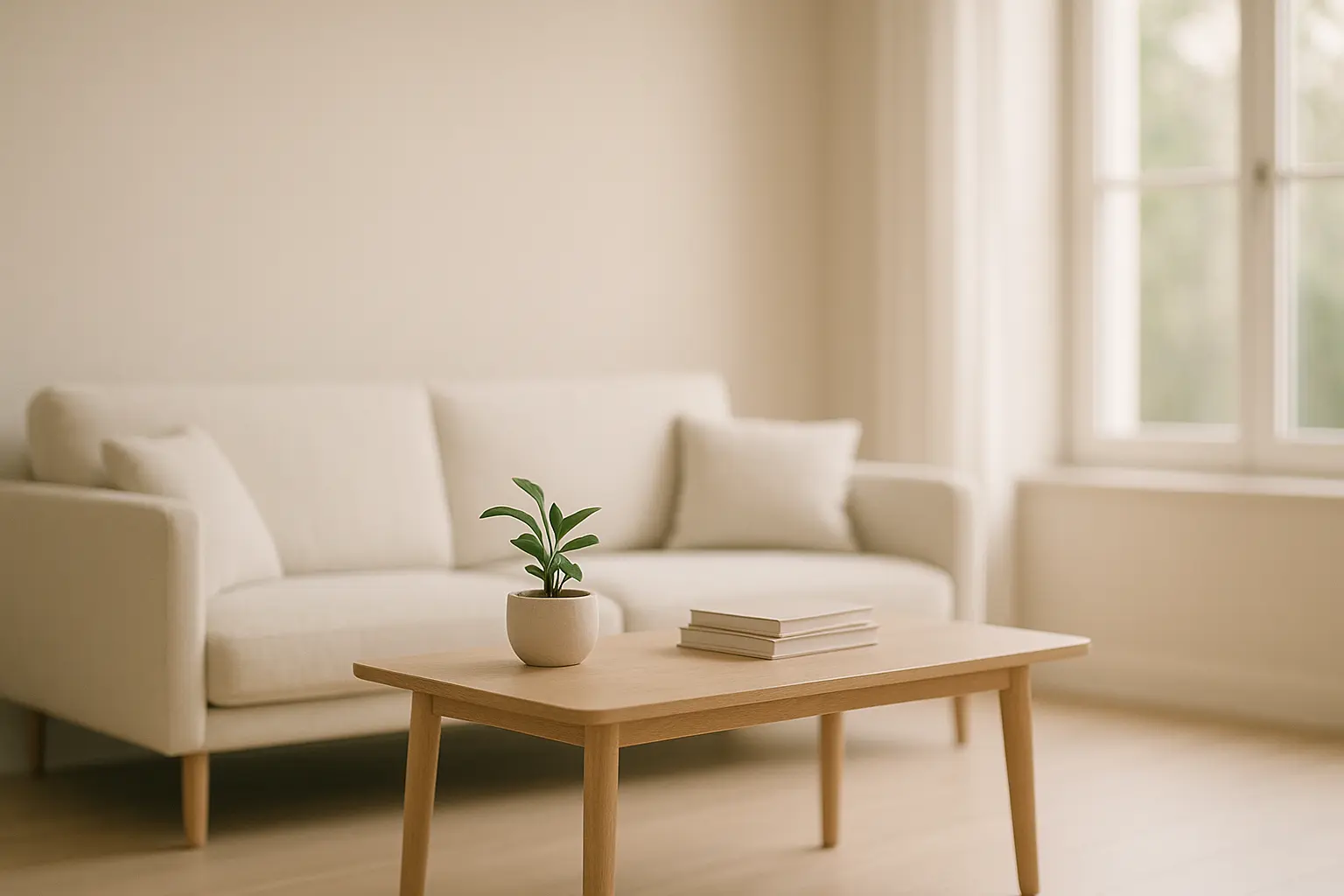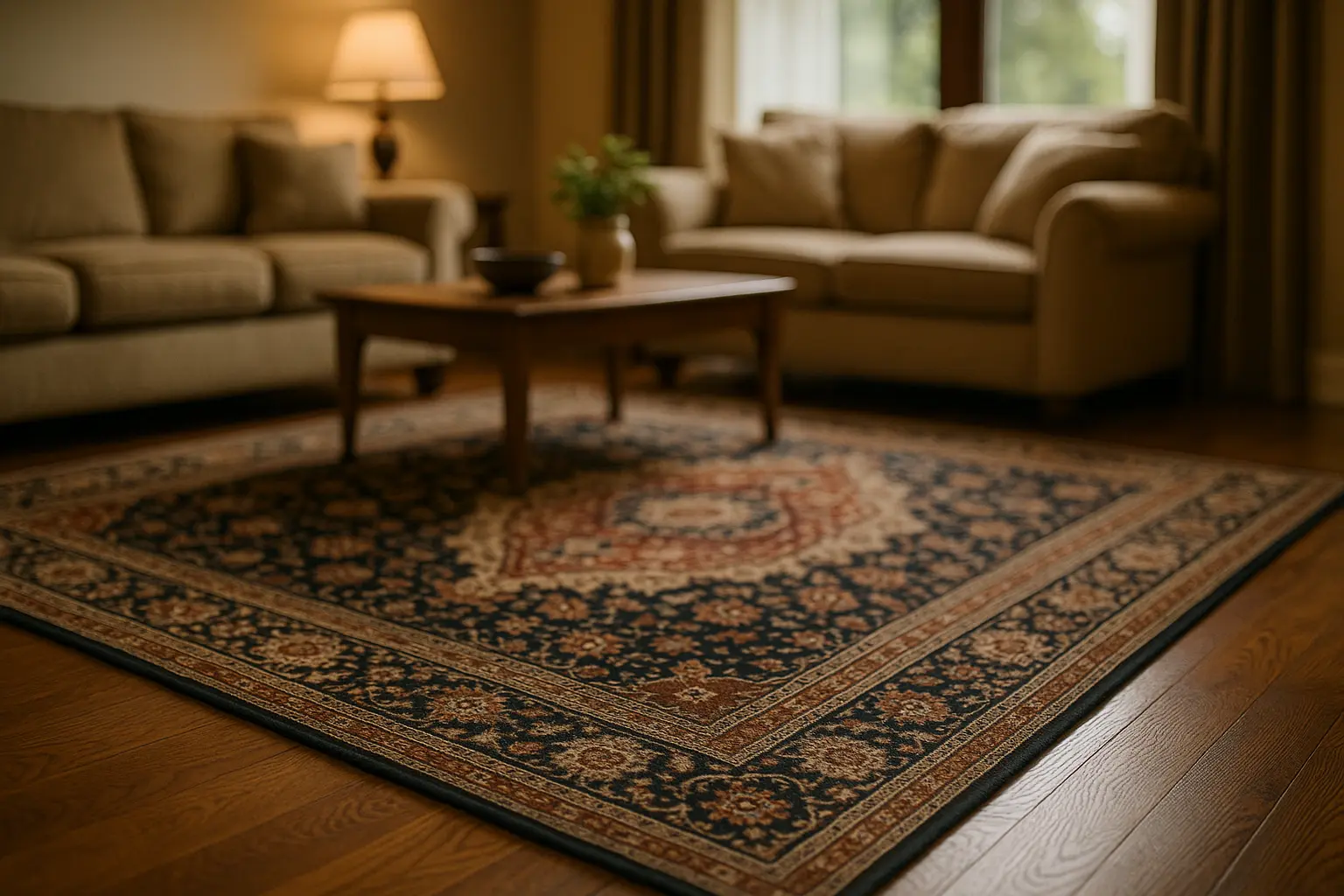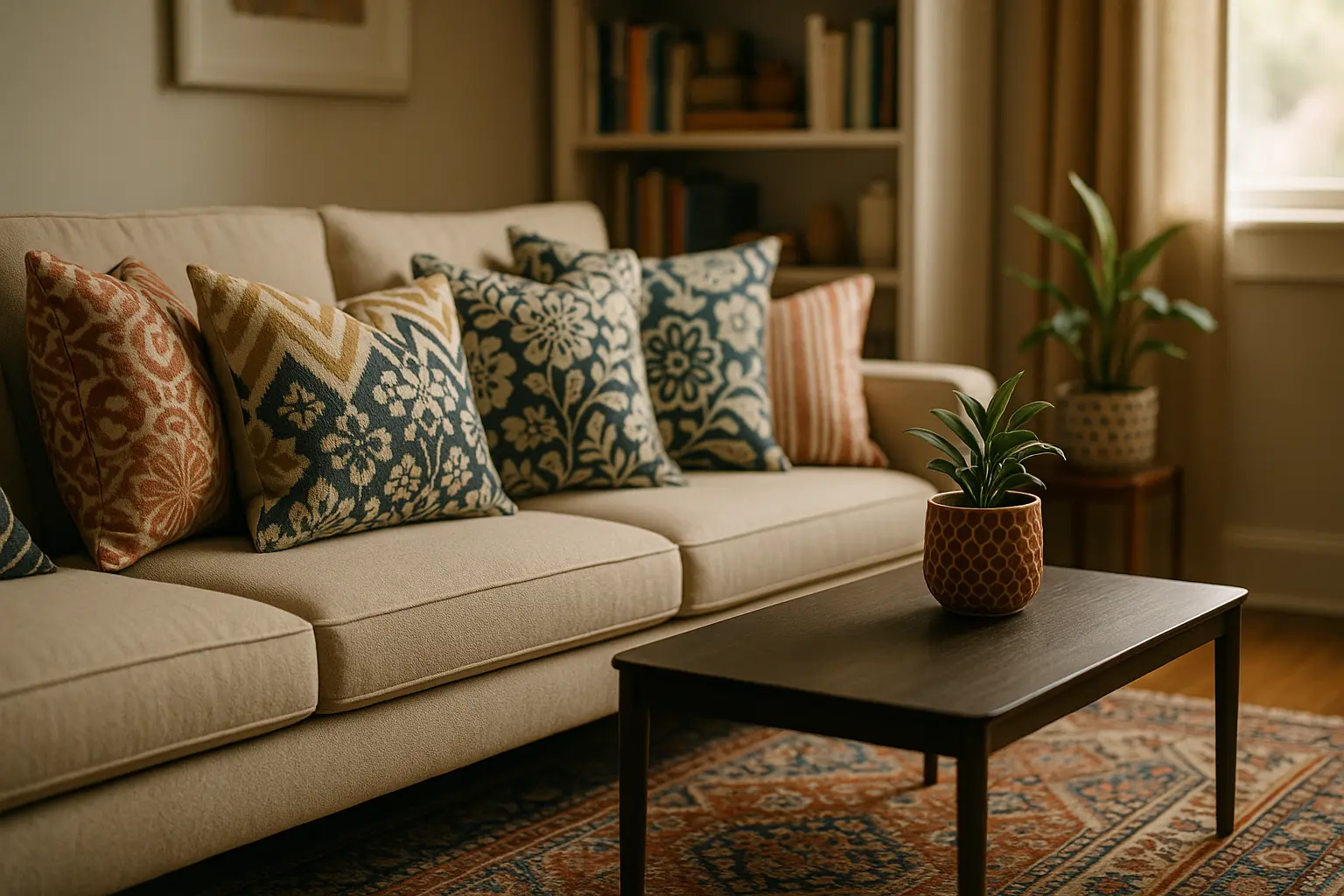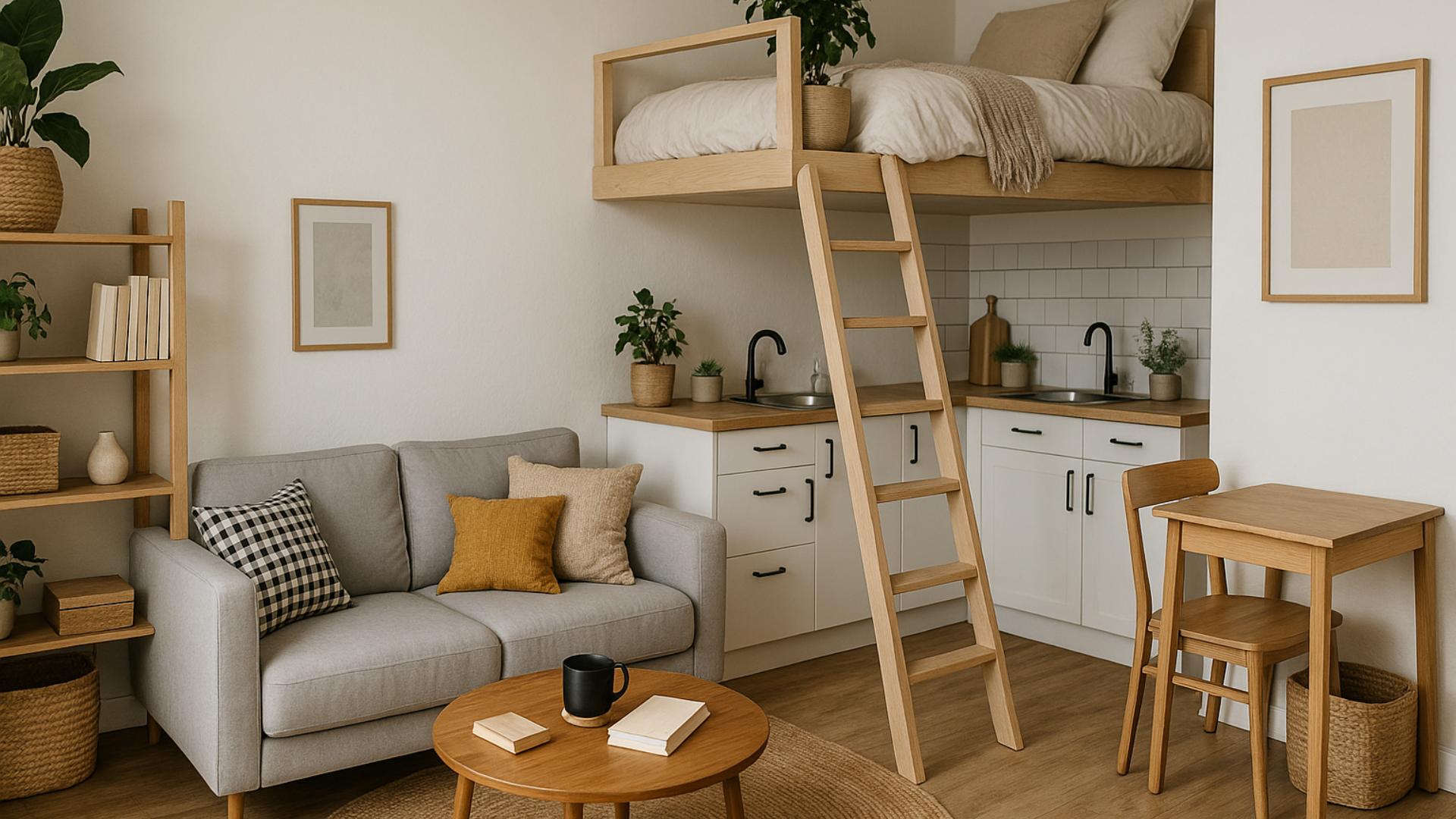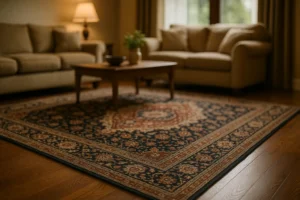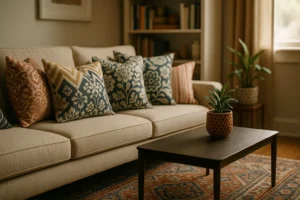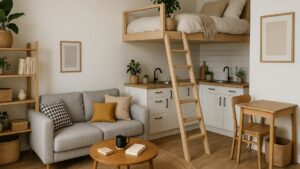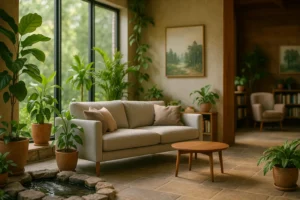The Basics of Minimalist Home Design
In today’s fast-paced world, minimalist design offers a breath of fresh air—a simple, uncluttered sanctuary that feels both modern and timeless. The minimalist home is not just about reducing clutter; it’s a philosophy that embodies the art of saying more with less. Our homes should be places of peace and inspiration, not chaos and stress. Let us embark on a journey to transform our living spaces into havens of simplicity and elegance, where every object serves a purpose and every room breathes calmness.
Welcome to the world of minimalist interior design, where less truly is more.
Understanding the Essence of Minimalist Design
Minimalism isn’t merely a design trend; it’s a lifestyle choice that has evolved over decades. At its core, minimalist design emphasizes functionality, clean lines, and uncluttered spaces. It values quality over quantity, urging us to cherish fewer, yet more meaningful items.
In embracing a minimalist approach, we strip away the unnecessary to reveal the beauty of what remains. This design style encourages us to create a harmonious balance between form and function within our homes.
Key Principles to Guide Us:
- Simplicity: We start by embracing the beauty of simplicity, where every element of a room serves a purpose.
- Space: Open spaces are of paramount importance. They provide room to breathe and think. We should aim to design spaces that feel airy and allow for fluid movement.
- Neutral Colors: A minimalist palette typically consists of whites, greys, and earth tones. These colors help create a serene and cohesive environment.
- Quality Over Quantity: Choosing fewer, high-quality furniture pieces that stand the test of time is essential.
By understanding these principles, we can begin to see how minimalism can transform our homes from cluttered chaos into sanctuaries of peace.
Creating a Minimalist Space
Designing a minimalist home is an exercise in restraint and creativity. It’s about making conscious choices that reflect our values and lifestyle. To create such a space, we need to focus on the interplay of elements that contribute to a cohesive look and feel.
Decluttering: The first step to achieving minimalist design is decluttering. We must be willing to let go of items that no longer serve a purpose in our lives. This process allows us to focus on the pieces that truly matter and enhances the room’s functionality.
Furniture: When it comes to furniture, less is more. Opt for pieces that are both functional and beautiful. A simple sofa, a sleek table, and aesthetically pleasing chairs in neutral colors can transform a room into a minimalist masterpiece.
Storage Solutions: Smart storage is a staple in any minimalist home. Ingenious storage solutions, like built-in shelves or under-bed storage, help us maintain a clean and organized space without sacrificing style.
Decor: Minimalist decor is all about subtlety. A single piece of art, a vase with fresh flowers, or a minimalist sculpture can add character without overwhelming a room. Remember, every object should have a purpose and enhance the overall aesthetic.
By adhering to these principles, we can create a living space that feels open, serene, and uncluttered.
The Power of Color in Minimalist Interiors
Color plays a crucial role in shaping the atmosphere of a minimalist home. A carefully chosen palette can enhance the sense of tranquility and cohesion within a space. In minimalist design, color is used sparingly and with intention.
Neutral Tones: Neutral colors such as white, beige, and grey form the backbone of minimalist design. These hues help create a calming ambiance and serve as a canvas for highlighting specific elements.
Accent Colors: While the primary focus is on neutral tones, introducing a pop of color through accents can add depth and interest. A bold piece of furniture or a vibrant piece of art can become a focal point in a minimalist room.
Consistency: It’s important to maintain consistency in the color palette throughout the home. This unifies the various spaces, creating a seamless transition from one room to another.
Natural Elements: Incorporating natural materials such as wood and stone can add texture and warmth to a minimalist space. These elements complement the neutral palette and enhance the organic feel of the home.
Through thoughtful use of color, we can create a harmonious and inviting minimalist environment that feels both balanced and dynamic.
Embracing Minimalism in Every Room
Minimalism isn’t limited to the living room or bedroom; it can transform every room in our home. Each space has its own set of needs, but the principles of minimalism remain consistent.
Kitchen: A minimalist kitchen focuses on clean lines, open spaces, and functionality. We should prioritize efficient storage solutions and choose appliances that blend with the overall aesthetic. A clutter-free countertop is the hallmark of a minimalist kitchen.
Bedroom: In the bedroom, minimalism promotes a tranquil atmosphere conducive to relaxation and rest. We can achieve this by choosing understated bedding, neutral colors, and simple furniture. A clutter-free bedroom encourages a peaceful night’s sleep.
Bathroom: A minimalist bathroom embraces simplicity and functionality. Consider pared-down fixtures, natural light, and a neutral color scheme. Minimalist storage solutions such as floating shelves or hidden cabinets maintain a tidy space.
Home Office: In a minimalist home office, focus on creating a productive environment free of distractions. A clean desk, ample storage, and minimal decor can enhance concentration and creativity.
By applying the principles of minimalism to each room, we can create a cohesive and aesthetic home that reflects our values and lifestyle.
Minimalist home design is more than a trend; it’s a profound shift in how we perceive and interact with our living spaces. As we embrace minimalism, we find ourselves drawn to the allure of simplicity, the elegance of empty spaces, and the beauty of intentional design.
Our journey towards a minimalist home is an opportunity to cultivate peace, creativity, and a deeper connection to the things that truly matter. In a world overflowing with choices, choosing less allows us to focus on what is truly essential.
Let us embrace the essence of minimalism, creating spaces that breathe life into our homes and foster a sense of harmony, balance, and joy.
FAQ
What is the main concept behind minimalist home design?
Minimalist home design focuses on simplicity, clean lines, and a clutter-free environment. It emphasizes functional spaces with a limited amount of furniture and decor to create an airy and open atmosphere.
How do I start transitioning my home to a minimalist design?
Begin by decluttering your space, eliminating items that don’t serve a purpose or bring you joy. Focus on keeping only essential furniture and decor. Choose a neutral color palette and opt for multi-functional pieces where possible.
What are the key elements of minimalist furniture selection?
Opt for furniture pieces with simple, clean lines. Choose items that are functional but not overly ornate. Look for quality over quantity, and select materials like wood, metal, or glass that offer durability and a timeless look.
How can I add personality to a minimalist home without compromising the design?
Incorporate personal touches through carefully chosen artwork, a few decorative items, or a pop of color in textiles like cushions or rugs. These elements can add warmth and character without overwhelming the minimalist aesthetic.
What are some common pitfalls to avoid when designing a minimalist home?
Avoid over-decorating even with minimalist pieces, as it can lead to clutter. Ensure your space maintains a balance between functionality and aesthetics, and resist the urge to fill every empty space. Focus on quality, not quantity, and adhere to the principle of ‘less is more.’
